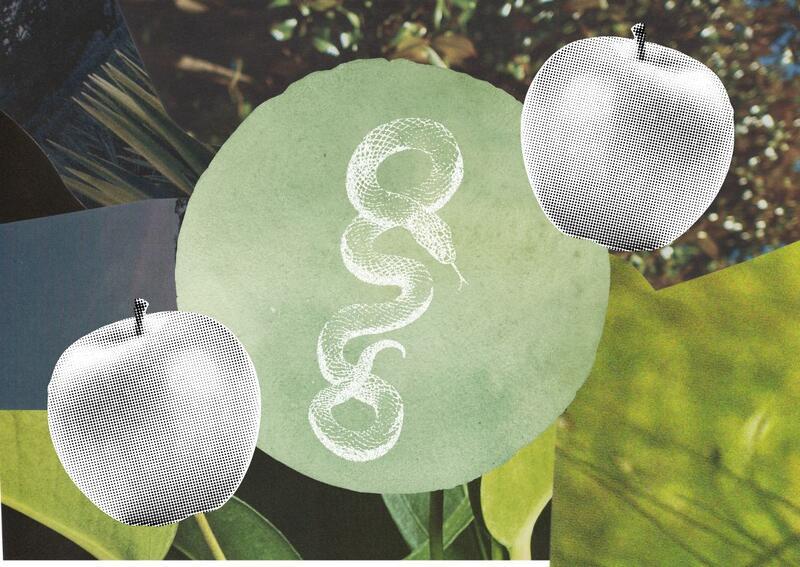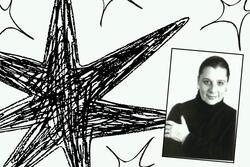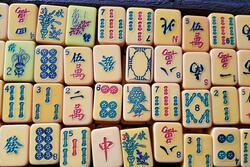Exploring Lilith’s Complex Feminism
I’ve always been drawn to Lilith. Strong, powerful, independent, and unapologetically herself, she was everything that eleven-year-old me wanted to embody.
Lilith, the first wife of Adam, who fled from the Garden of Eden, was powerful and free because she held a full sense of autonomy and existed independently from men. She was the first biblical character that I learned about among the extensive array of central and unrelatable masculine figures. She felt real to me. Through her, I learned that my Judaism and feminism could intersect. There was space for me in texts that had once felt so foreign. She gave me community; in any Jewish space I went to, I could find like-minded women by asking a simple question, “What do you think of Lilith?”
Most people know Lilith from her depiction as Adam's first wife, which was popularized by the medieval text, the Alphabet of Ben Sira. This text associated her with a general category of demons (both male and female) who seduce young men and women and snatch infants from their cribs.
In the story, Lilith, who rose from the same earth as Adam and was thus equal to him, refuses to be seen as subservient by lying beneath her husband during sex. Refusing to submit to the will of Adam and God, Lilith flees from the Garden of Eden and vows never to return, declaring that her only purpose is to sicken newborn babies. She completely rejects her divine role as companion to Adam, trading in her “maternal nature” and softness for independence. And to men of the ancient world women’s autonomy was interpreted as a dangerous deviation from societal norms and thus, demonic.
In the Zohar, Lilith was often depicted as an infernal mother of demons or as the snake who tempted Chava (Eve) to eat from the tree of knowledge. All these stories portray her as evil, conniving, and manipulative.
But as time moved forward and society changed, the depictions of Lilith evolved. In the 1970s, in the swing of the second-wave feminist movement, female Jewish activists and theologians such as Judith Plaskow reimagined Lilith’s story. In Plaskow’s midrash, The Coming of Lilith (1972), she transforms the misogynistic story in the Alphabet of Ben Sira from a cautionary tale into a story of liberation and empowerment. Plaskow celebrates Lilith’s flight from Eden and her independence; this version of Lilith strives to create a better, more equal humanity. She is strong, brave, kind, and unwavering in her convictions about how to make the world a better place.
Lilith has continued to serve as a feminist figure, inspiring the creation of Lilith Magazine in 1976, a publication seeking to empower the voices and perspectives of Jewish women. Second-wave feminists took a character who’d previously only been defined by the misogynistic depictions of men and made her their own. They saw her agency and rebellion against gender norms as a positive thing, just as I had as a little girl.
But reclaiming Lilith still proves difficult for me, since women dating back to 2000 BCE lived in abject terror of her. Historically, Jewish women believed that Lilith could kill infants and endanger the lives of pregnant women. Amulets inscribed with her image were incredibly popular to protect mothers, pregnant women, and newborn children from Lilith. They contained incantations meant to expel the demoness from their home before she could lay a hand on a child. These objects reveal the depth of women's anxiety about giving birth and the fragility of newborns' lives. And Lilith—who was this seeming perversion of femininity, who was scornful of God and men, who had rejected her "natural place” in society—was an embodiment of that fear. I worried that reclaiming Lilith would discredit the experience of these women.
And yet, Lilith was also the figure who brought these women a sense of comfort. The only way to keep Lilith at bay was to use amulets inscribed with her image. Not only did these objects provide comfort, but a feeling of power, as they also gave women a sense of bodily autonomy. Despite warping societal expectations of motherhood, Lilith was an important part of women’s daily ritual practice. As a dual symbol of protection and destruction, the ancient Lilith exists as a contradiction.
But through this contradiction, Lilith’s role in Judaism and feminism gains an added layer of nuance. She is not an evil, conniving demon meant to be reviled, nor is she a completely pure character. Just like real women, Lilith contains multitudes, and her depth is what makes her so compelling. However, throughout the long history of Lilith’s lore, one thing has remained consistent: the symbol of Lilith has always been a way for women to feel a sense of power and autonomy in the world.
This piece was written as part of JWA’s Rising Voices Fellowship.







